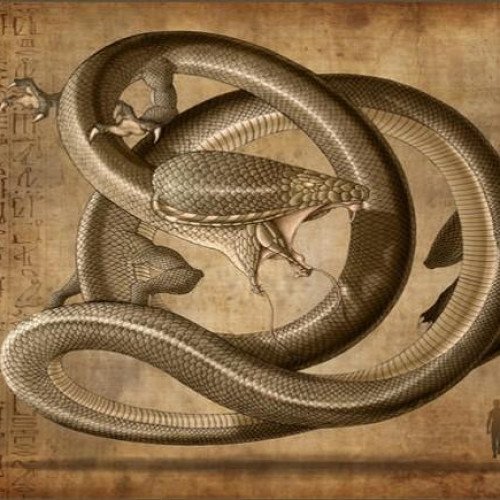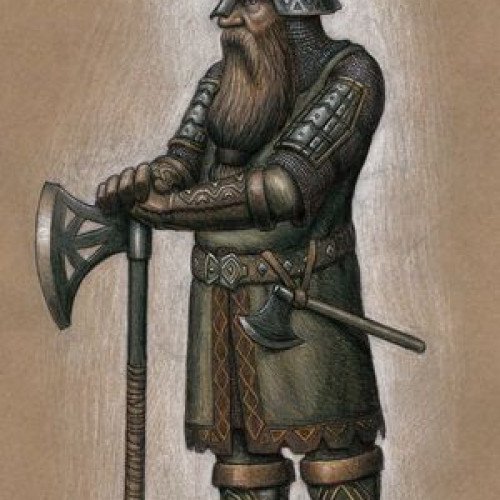Apep VS Dwarf (mythology)

Apep
Apep ( or ; also spelled Apepi or Aapep) or Apophis (; Ancient Greek: Ἄποφις) was the ancient Egyptian deity who embodied chaos (ı͗zft in Egyptian) and was thus the opponent of light and Ma'at (order/truth). He appears in art as a giant serpent. His name is reconstructed by Egyptologists as *ʻAʼpāp(ī), as it was written ꜥꜣpp(y) and survived in later Coptic as Ⲁⲫⲱⲫ Aphōph. Apep was first mentioned in the Eighth Dynasty, and he was honored in the names of the Fourteenth Dynasty king 'Apepi and of the Greater Hyksos king Apophis.
Statistics for this Xoptio

Dwarf (mythology)
In Germanic mythology, a dwarf is a human-shaped (usually bearded) entity that dwells in mountains and in the earth. The entity is variously associated with wisdom, smithing, mining, and crafting. Dwarfs are sometimes described as short and ugly, although some scholars have questioned whether this is a later development stemming from comical portrayals of the beings. Dwarfs continue to be depicted in modern popular culture in a variety of media. In the mythological and later fantasy literature context, the term is sometimes pluralized to dwarves (a usage popularized by J. R. R. Tolkien) to better distinguish from everyday persons with dwarfism.